|
|
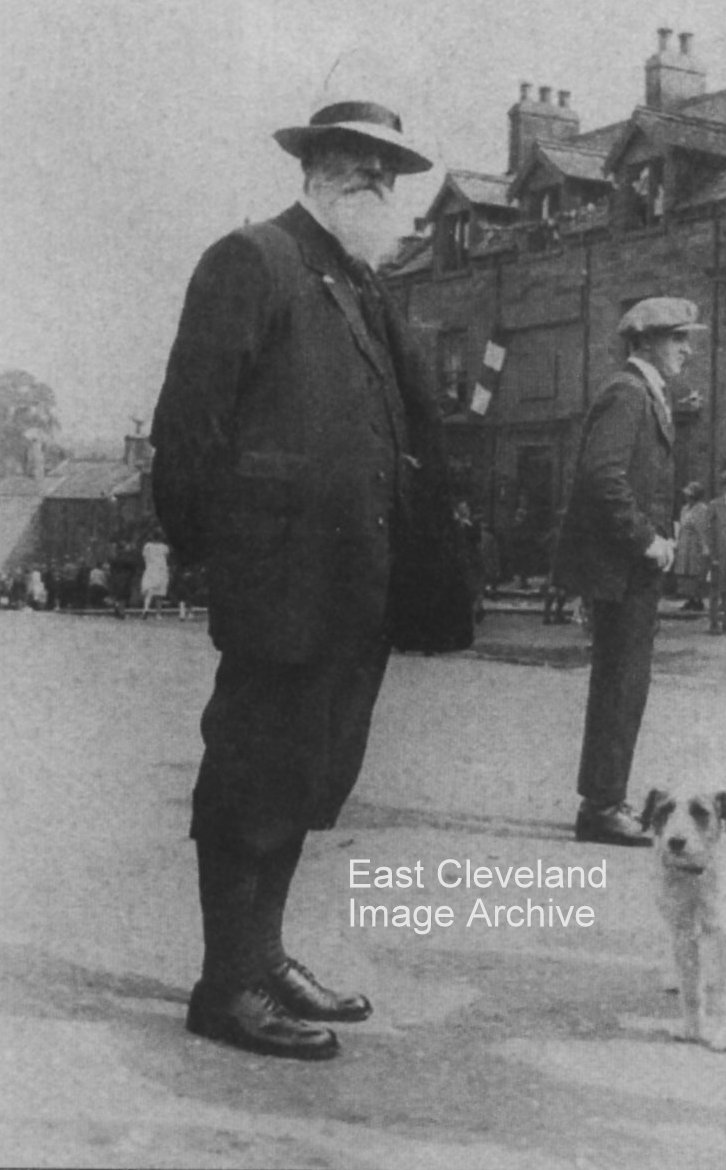
Once again the caption to the image says it all! Dyson Nutt is pictured in Loftus Market Place; there are flags and balloons hanging from the windows of the White Horse in the background and many people about. Possibly the declaration of peace at the end of World War I. Dyson lived in his later years in the house with the white pillars beside the catholic presbytery, in Loftus Market Place.
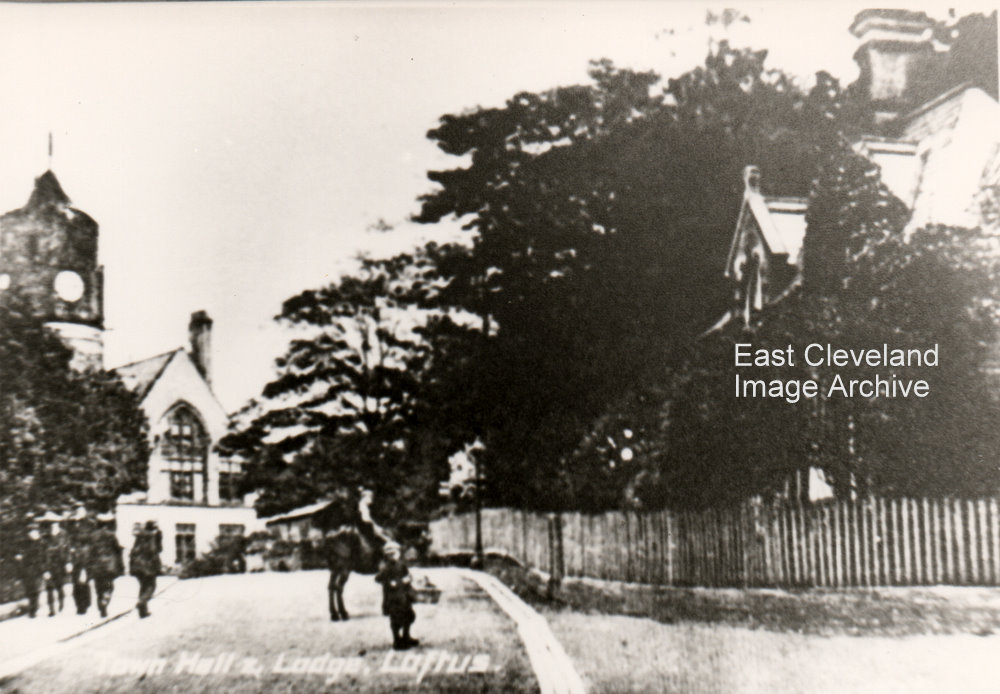
I think this must be the oldest image we’ve got of this well shot scene, again sadly depleted by age. Bromide prints deteriorate in sunlight, they store best in an envelope in a dark drawer – but then why take the picture in the first place! The Archive will hopefully find a better or even perhaps the original of this postcard view of a notable Loftus building.
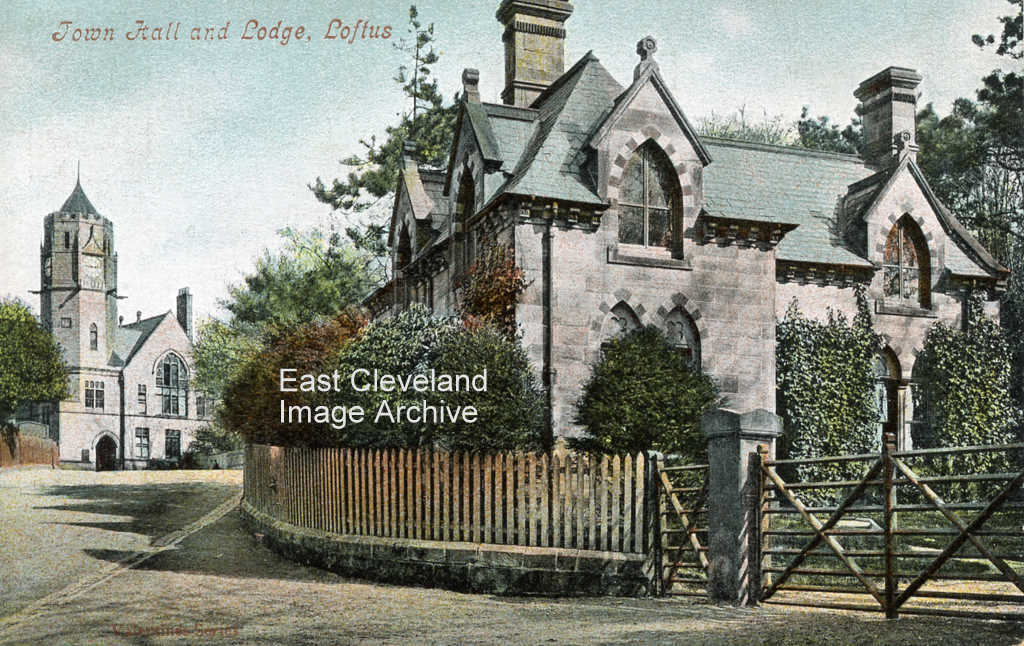
A lovely postcard of the lodge, built in 1869 by the nephew of Sir Robert Lawrence Dundas; at the entrance to the hall, the gates have long since gone and other houses have been built in Hall Grounds. An impressive view of the Town Hall, with the Lodge at the entrance to Hall Grounds as the gated road shown is still known today. Postcard by Cooke’s Fancy Bazaar, Loftus. The architecture of the lodge bears a remarkable resemblance to that of the Town Hall, which was erected in 1879. Perhaps Lord Zetland was so impressed by the Lodge that he commissioned the same architect to design the Town Hall later. The gates led onto a drive that curved past the stable block round to the main house.
Image courtesy of John G. Hannah, additional information courtesy of Jean Wiggins.
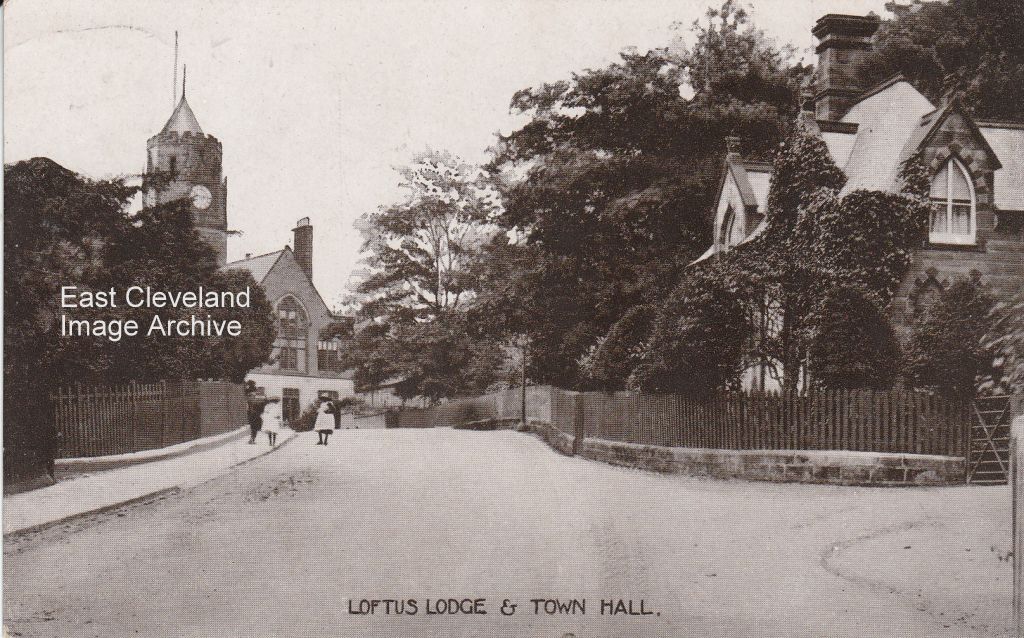
Another postcard from the John Thomas Ross photographer and postcard producer of Whitby; f Hall Lodge and the Town Hall taken from the usual vantage point.
Image courtesy of Ruth Wilcock.
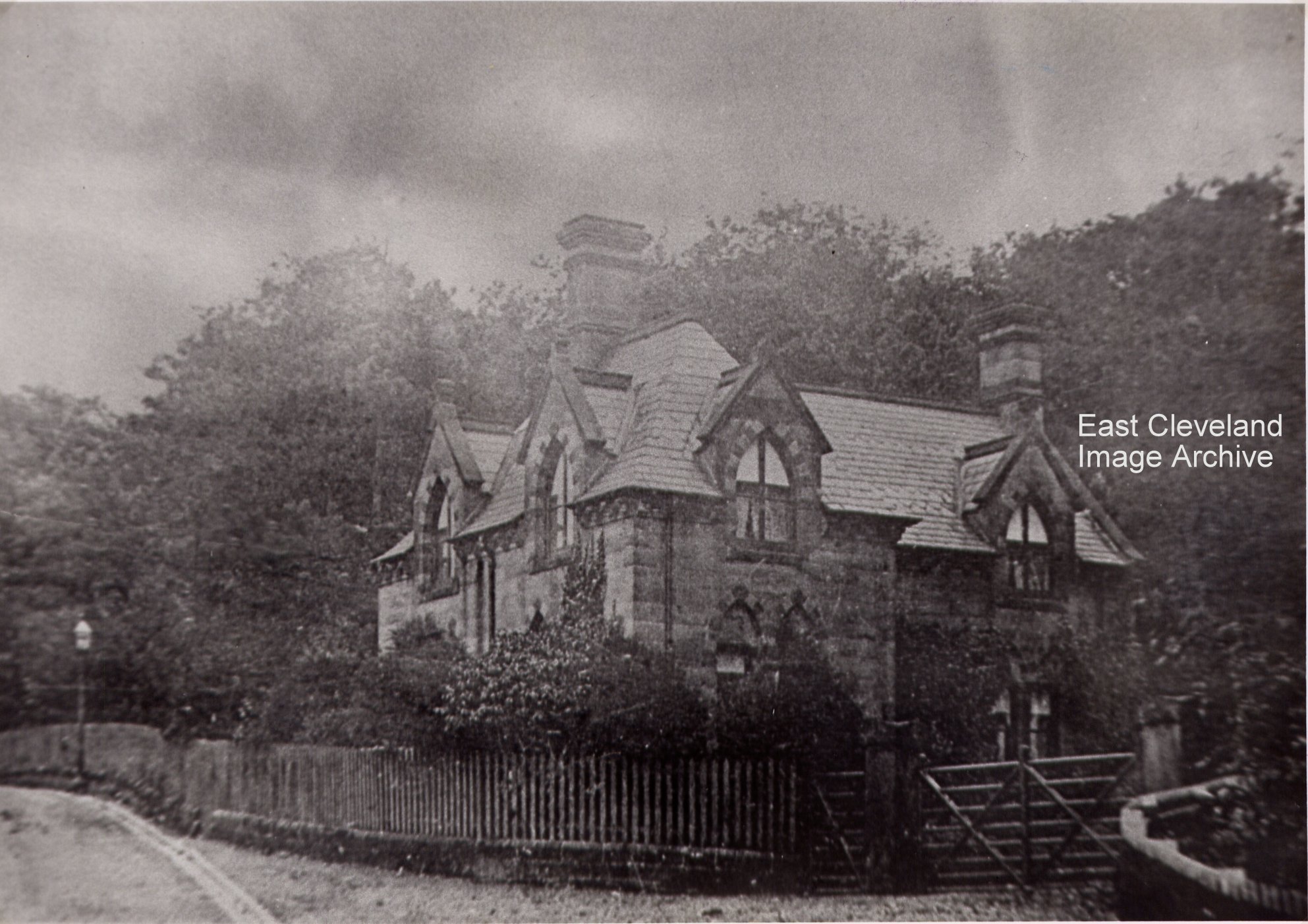
One of my favourite photographs although not as clear as it might be; the lodge house entrance to Hall Grounds, Loftus. It hasn’t changed much over the years.
Image courtesy of the Pem Holliday Collection.
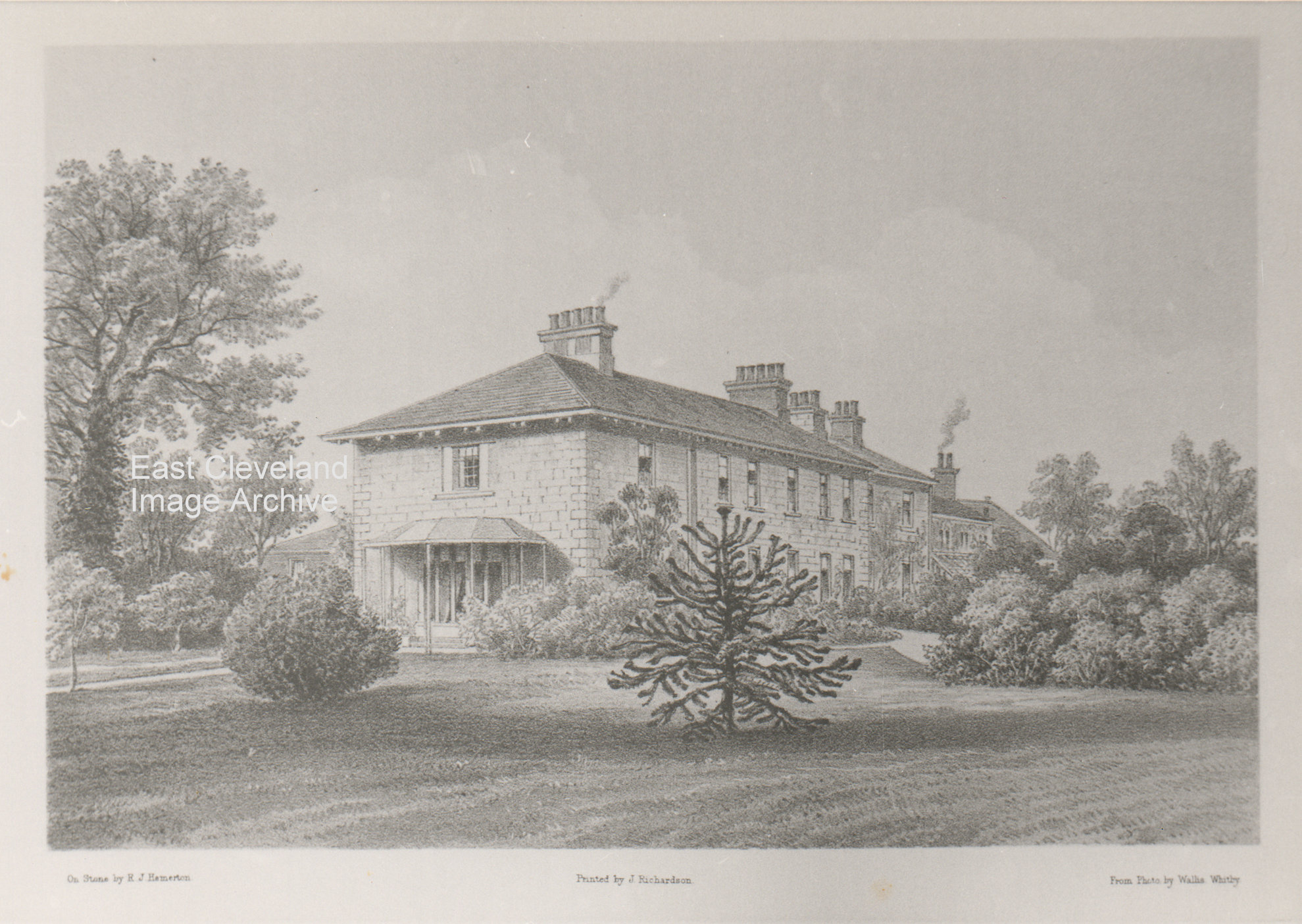
We’ve wondered about this one for a long time; having just found a similar image in Jean Wiggin’s book, ’Loftus in old picture postcards’ and cross-checked the hall out in Street View on Google Earth. It’s hard to recognise now, with Hall Grounds built up all round it, but the hall itself remains very much as it is in this picture. The image came from a printed selection by J. Richardson of Loftus, although as yet have not defined a date of publication.
Image courtesy of the Pem Holliday Collection.
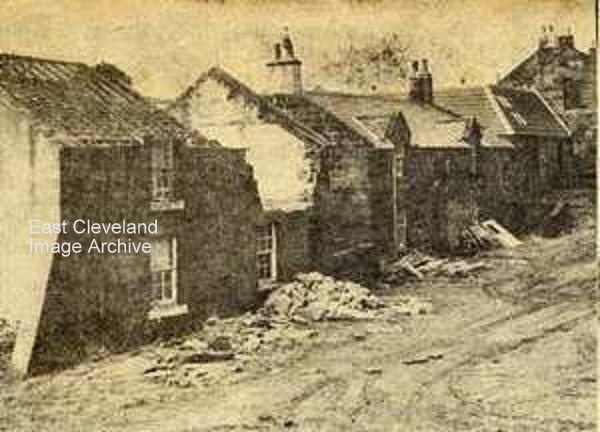
The beginning of the end for Street Houses; the image is taken from a Northern Echo newspaper cutting, we continue to hope for an improved version!.

This must be one of our earliest photos of Mill Bank (correct me if I am wrong) but it is the only one I have seen of the bank with horses and carts going up it. Looking closely the road doesn’t seem to be made up, is it? Duck Hole pit that can be seen on the left and through the haze top right Mount Pleasant? The huts in the field were used to house the Australian Army in World War I.
Thanks to Kathleen Hicks for the update.
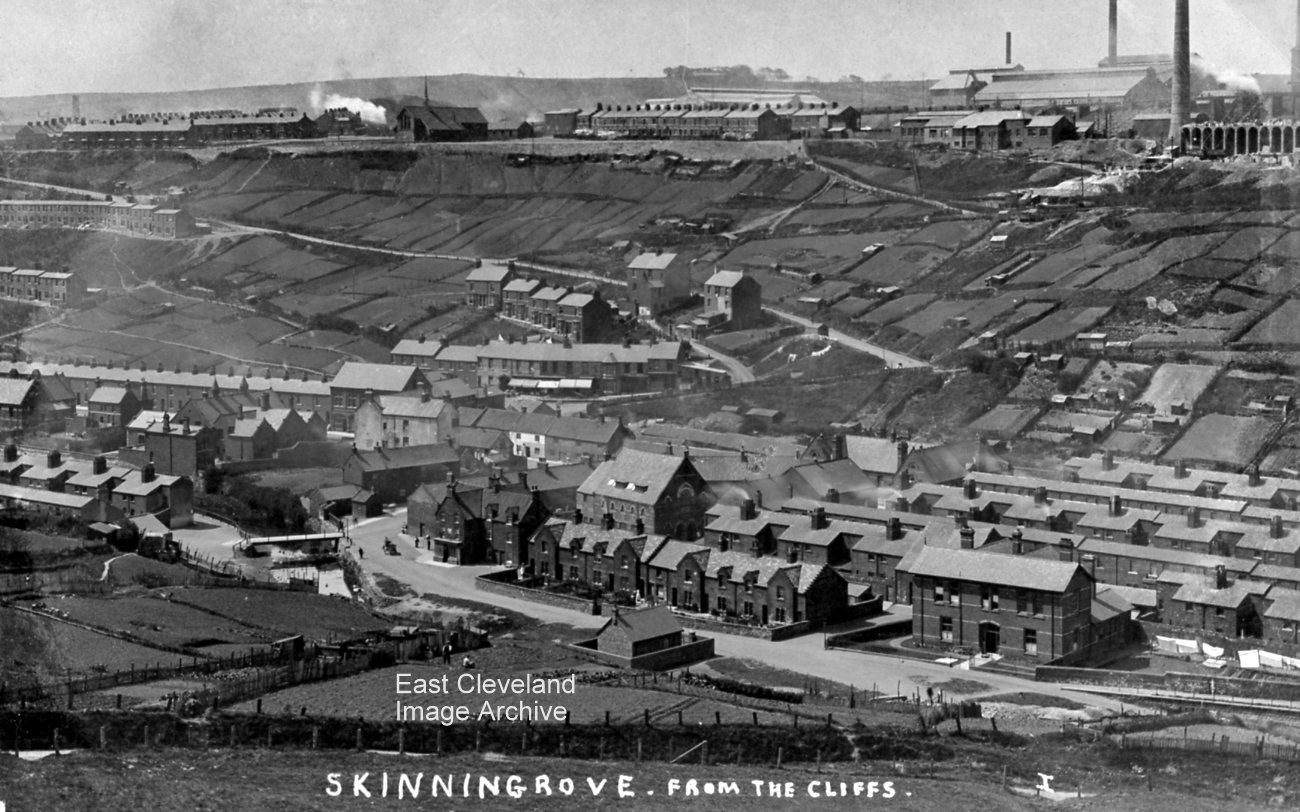
Looking from the east over Skinningrove valley, the hospital is prominent; we can see the road leading to Carlin How with the well-tended allotments on the hillside and the works standing guard over all.
Image courtesy of Beryl Morris.
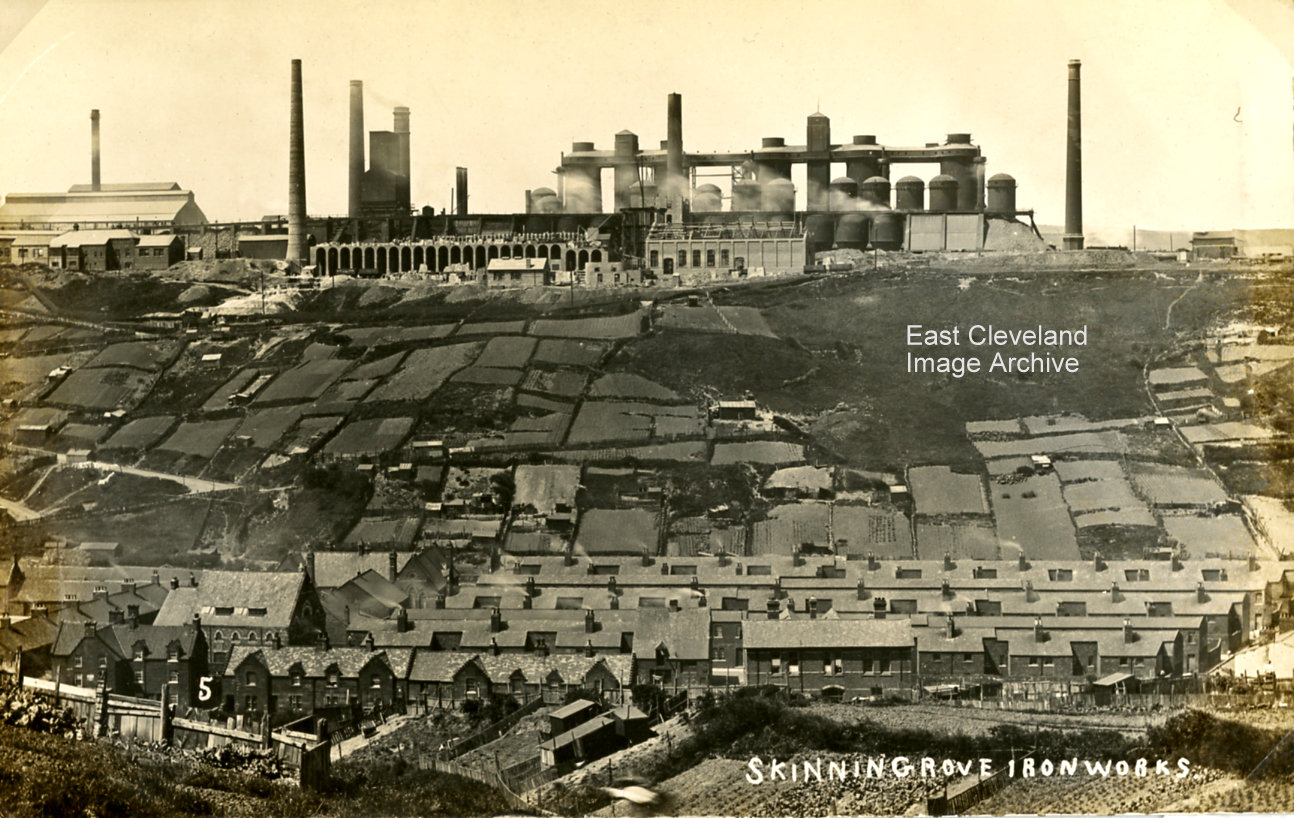
A view over the village to the ironworks, taken from the allotments on the east side of the valley. This card was produced at the same time as the one of Skinningrove from the cliffs, by William Richardson & Sons, Loftus; and was one of the Penny Real Photo Series.
Image courtesy of Beryl Morris.
|
|










Recent Comments